GK Compilation From Mauryan And Gupta Empire:
- Which book is considered as the Gupta equivalent to Kautilya’s Arthasastra of the Mauryas- Kamandaka’s Nitisara.
- Who is the author of the famous Allahabad Prasasti- Harisena.
- Which Gupta Emperor is said to have founded Nalanda University- Kumaragupta I.
- The Greek sources mention Chandragupta Maurya as- Sandrocottus & Androcottus.
- Who dedicated the caves in Nagarjuni Hills to the Ajivikas- Dasharatha.
- Rajatarangini of Kalhana written in the- 12th century A.D.
- Bindusara asked the Syrian King Antiochus I Scoter to buy and send him what- sweet wine, dried figs, and a philosopher.
- In the Mauryan Empire, Kings were described as Devanampriya means- beloved of the Gods.
- Which was the first work to recognize the payment of officers by grants of land- Manu Smriti.
- The most important officers in the Gupta Empire were- Kumaramatyas.
- Uparika in the Gupta period was in charge of which unit- Bhukti.
- Which inscription is found on an iron pillar- Mehrauli Prasasti.
- In the Mauryan Empire, the officers who were special reporters and had direct access to the king were- Pativedakas.
- Asoka Dhamma signifies a- general code of conduct.
- The first inscriptional evidence of Sati is in- Airana Inscription of Bhanugupta.
- Navanitakam of the Gupta period was a book on- Medicine.
- The image of Vishnu in the form of a great boar (Varaha) is seen at the entrance of which cave- Udayagiri in Malwa.
- During Bindusara’s reign, Ashoka suppressed an uprising at which place- Taxila.
- ‘Samharta’ was an official in the Mauryan Administration concerned with- Revenue Collection.
- Which source informs us that the military department in the Mauryan times was divided into six committees of 5 members each- Indica.
- Who was responsible for building a dam across a river near Girnar in Western India- Pushyagupta.
- The name of the currency which was in circulation in the Mauryan Empire is- Pana.
- Ashokan pillars are made of which material- Sand Stone.
- The best specimens of the Mauryan Art were- Pillars.
- Which Gupta Emperor was the patron of the great Buddhist scholar Vasubandu- Samudragupta.
- The red and white sandstone used for Mauryan pillars was obtained from the region around- Mathura.
- The officer in charge of 10 villages was called- Gopa.
- In Mauryan time, the land-revenue on agricultural land varied from_________of the produce- one-fourth to one-sixth.
- Who was the first Gupta king to take the title of Maharajadhiraja- Chandragupta I.
- Who was the author of Mudrarakhshasa and Devi-Chandraguptam- Vishakhadatta.
- Who is represented as slaying a lion on some coins with the legend ‘Simha-Vikrama’- Chandragupta II.
- A contemporary of Chandragupta II who wrote about the kingdom and administration in the ‘Madhya-Desh’ was- Fa-hien, a Chinese Pilgrim.
- Asoka was converted to Buddhism as a result of the- Kalinga War.
- In Mauryan time, the ‘Bali’ is referred to as- a religious tribute.
- Asoka sent his son Mahendra and daughter Sanghamitra for the propagation of Buddhism in- Sri Lanka.
- In the Mauryan Empire, who were entrusted with the secretarial work and accounting- Yuktas.
- Who was the head of the royal treasury in the Mauryan Empire- Sannidhata.
- Who controlled a Janapada or a district comprising one hundred villages in the Mauryan Empire- Sthanika.
- Sri Gupta, the founder of the Gupta dynasty was succeeded by- Ghatotkacha.
- Which Gupta Ruler strengthened his position by a matrimonial alliance with the Licchavis- Chandragupta I.
- Who was the author of Ashtangasamgraha (Summary of the eight branches of medicine)- Vagbhata.
- Important sea-ports of India during the Mauryan time on the west coast were- Broach and Sopara.
- Important sea-ports of India during the Mauryan time on the east coast was- Tamluk (Tamralipti).
- The Bayana hoard of coins have yielded coins of which dynasty- The Guptas.
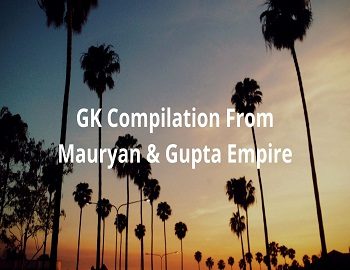
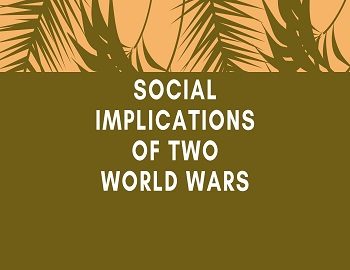

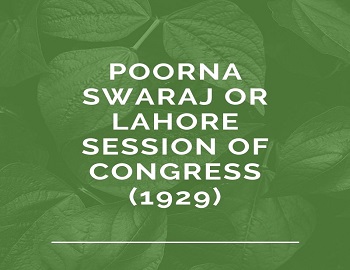
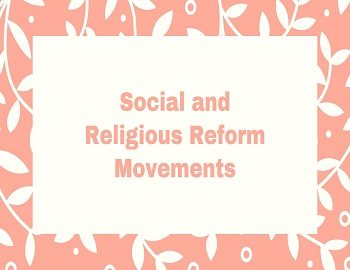
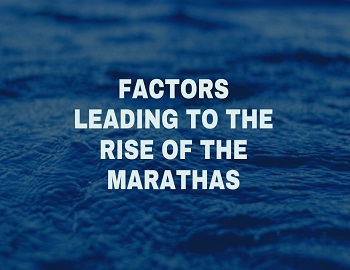
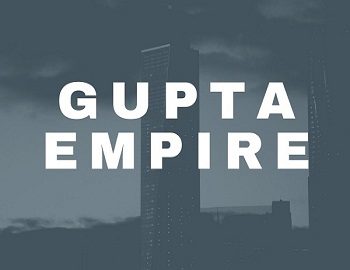

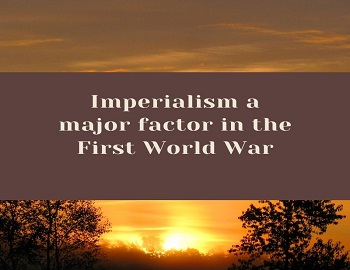
Comments (No)